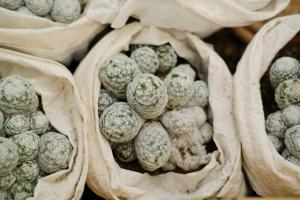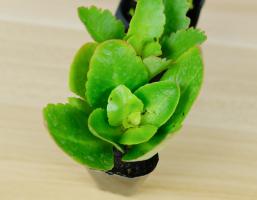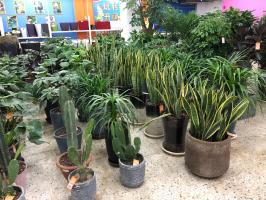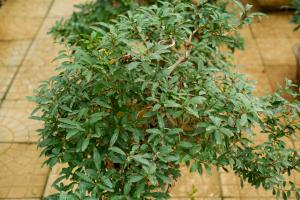What is a Water Hyacinth Plant?
Water hyacinth, also known as Eichhornia crassipes, is a free-floating aquatic plant that is native to the Amazon basin of South America. This invasive plant species is a common sight in tropical and subtropical regions around the world, where it has taken over water bodies such as lakes, ponds, canals, rivers, and reservoirs.
Appearance and Characteristics
The water hyacinth plant is characterized by its rounded leaves that are arranged in rosettes, with a shiny green surface that floats on water. It also produces long, slender, and spongy stems that emerge from the base of the plant and grow up to 1 meter long. The plant has showy and fragrant flowers that are lavender-blue or lilac in color, with a yellow spot on the upper petal. The flower stalks can reach up to 20 cm long, and the plant can produce up to 20 flowers per stalk.
Ecological Impact
While the water hyacinth is a beautiful-looking plant, it can have a devastating impact on the environment. The plant is a prolific grower that can double its population size in as little as six days, and one single plant can produce up to 5,000 seeds per year. The plant's rapid growth and ability to multiply quickly can quickly take over the water body and deprive native plant species of sunlight, oxygen, and nutrients, causing them to die. The dense mats of water hyacinth can also clog waterways, degrade water quality, and reduce the oxygen levels in the water, leading to fish kills and other aquatic life loss.
Uses of Water Hyacinth
Despite its ecological impact, the water hyacinth can be a useful plant in some situations. The plant is harvested for its fiber content, which can be used to make baskets, bags, and other woven items. The plant's stems can also be used as a natural fertilizer and feed for livestock. Moreover, the plant can be used to purify wastewater, as it is known to absorb pollutants such as heavy metals, pesticides, and organics from contaminated water, making the water safe for reuse or discharge.
Control and Management
A variety of methods are available to control or manage the water hyacinth population, including mechanical, chemical, biological, and cultural methods. Mechanical methods involve physically removing the plant from the water body, while chemical methods use herbicides to kill the plant. Biological methods involve introducing natural predators such as beetles or weevils that feed on the plant's leaves, stems, or roots. Cultural methods include reducing nutrient inputs to the water body and proper waste management. The most effective approach is a combination of these methods, tailored to the specific environmental conditions and the extent of the water hyacinth infestation.
Conclusion
Water hyacinth is a beautiful-looking but highly invasive plant species that can cause significant ecological damage to water bodies. Its rapid growth and ability to multiply quickly make it difficult to control, and its impact on native plant species can be devastating. However, the plant has some beneficial uses, and various methods are available to manage and control its population. It is essential to adopt effective management strategies that balance the need to maintain a healthy ecosystem and the beneficial uses of the plant.

 how many times do yo...
how many times do yo... how many planted tre...
how many planted tre... how many pine trees ...
how many pine trees ... how many pecan trees...
how many pecan trees... how many plants comp...
how many plants comp... how many plants can ...
how many plants can ... how many plants and ...
how many plants and ... how many pepper plan...
how many pepper plan...































